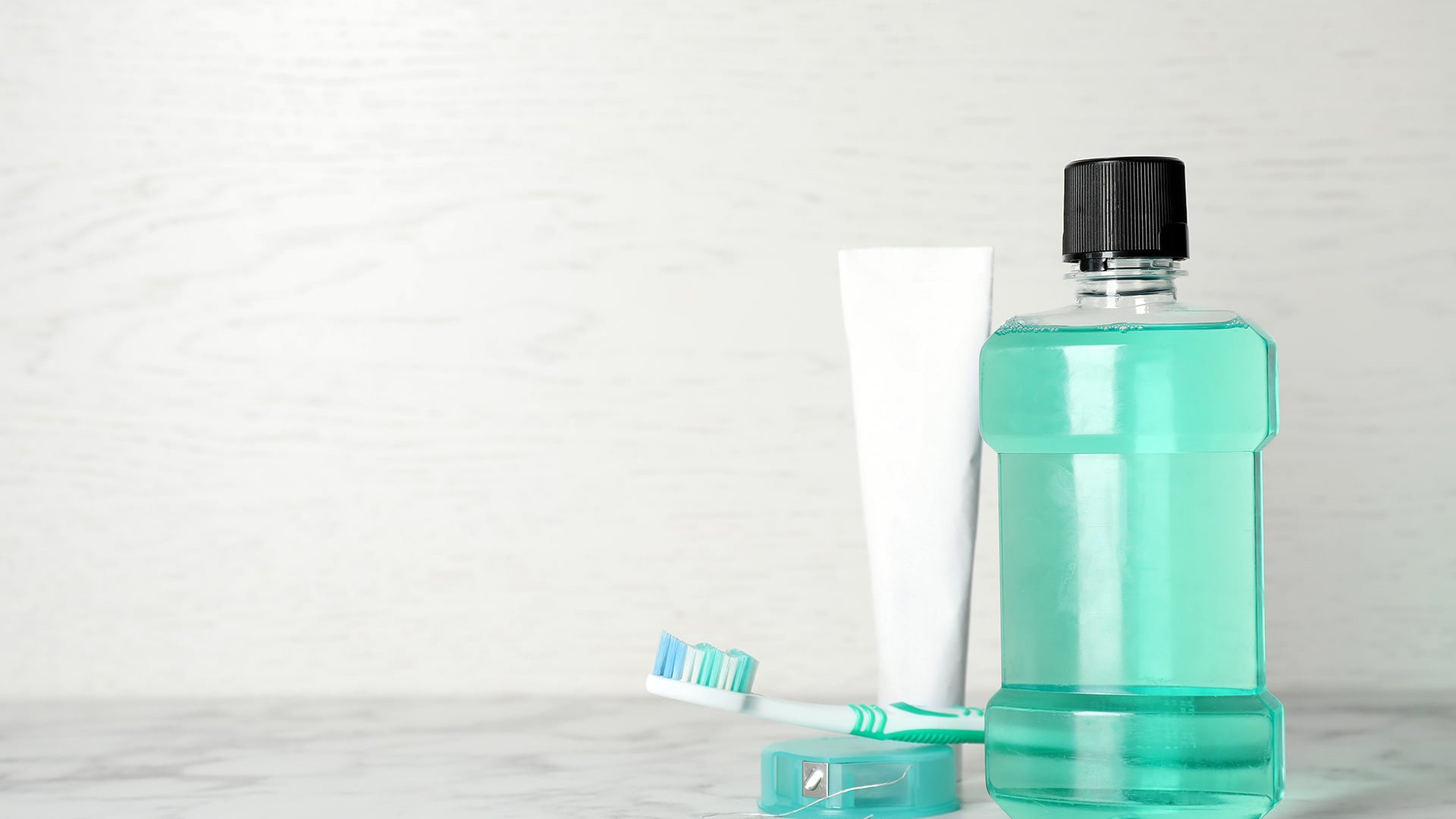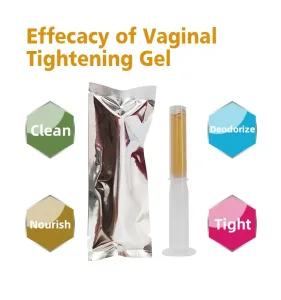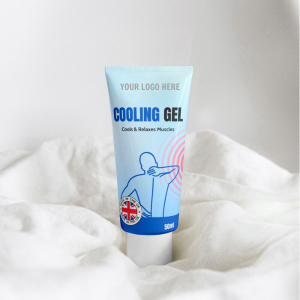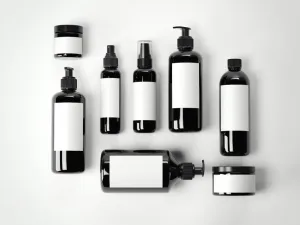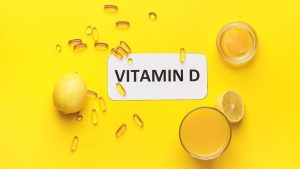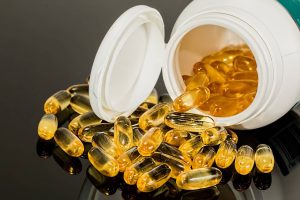Mouthwash plays a crucial role in promoting dental health and fresh breath. The mouthwash manufacturing process, a fusion of chemistry and engineering, involves vital steps to ensure the efficacy and safety of the final product. This guide delves into the step-by-step of this process, highlighting the selection of ingredients, blending techniques, quality control measures, and packaging.
What is Mouthwash Product?
Mouthwash, also known as a mouth rinse or oral rinse, is a liquid used for swishing in the mouth. It’s not meant to replace brushing or flossing, but using it twice daily can prevent cavities, kill germs, or reduce plaque.
Mouthwash Manufacturing Process: A Detailed Tutorial
So now, let’s explore the step-by-step journey of mouthwash production, from selecting quality ingredients to the final packaging.

Mouthwash Manufacturing Process: A Detailed Tutorial
Step 1: Raw Material Require
Each type of mouthwash is made with different raw materials based on its purpose. Some ingredients provide antiseptic benefits, while others have anti-fungal properties. Here are the key raw materials needed by mouthwash manufacturers uk.
- Aqua: Water, serving as the base in mouthwash, dissolves and dilutes other ingredients. Additionally, it moistens the mouth and rinses away debris and bacteria.
- Alcohol: Many mouthwashes include alcohol for its germ-killing abilities. However, to improve the rinsing experience, several mouthwashes are alcohol-free.
- Essential oils: Mouthwashes have peppermint, spearmint, and eucalyptus. Not only do these oils make the mouthwash taste good and smell fresh, but they also help kill germs due to their antibacterial properties.
- Fluoride: Fluoride plays a key role in preventing tooth decay. It strengthens tooth enamel, which makes teeth more resistant to the acids produced by mouth bacteria.
- Peroxide: Hydrogen peroxide, found in many whitening mouthwashes, acts as an antiseptic to kill mouth bacteria and whiten teeth. However, it can be harsh on sensitive teeth and gums.
- Hexachlorophene: Hexachlorophene acts as an antibacterial agent in mouthwash products.
- Glycerin: This ingredient is a sweet and colorless liquid, and is used in mouthwashes as a lubricant and to prevent dryness.
- Phenols: In mouthwash products, phenols are included for their antibacterial properties. They work to eliminate bacteria and lessen plaque buildup, aiding in maintaining oral hygiene.
- Menthol: It is known for its cooling effect, is common in oral hygiene products. It helps freshen your breath and soothe irritated gums.
- Cetylpyridinium clorua: This is used to control gum inflammation and prevent plaque buildup.
Step 2: Stability Testing
This step is crucial for determining the product’s shelf life. The newly developed mouthwash formula undergoes tests under various simulated conditions to assess how the mouthwash reacts to different temperatures, light exposures, and humidity levels.
The main focus is to observe any changes in the mouthwash’s odor, color, and texture, as well as to check the stability of its active ingredients. This ensures that the mouthwash will maintain its quality and effectiveness, even with long-term storage.

Step 2: Stability Testing
Step 3: Compounding Process
Following this, the Compounding Process begins, typically conducted in a specific section of the manufacturing plant known as the ‘Compounding Area’. Here, the mouthwash formula is prepared in large volumes, usually ranging from 2000 to 3000 gallons. This process involves carefully combining the formula with the necessary raw materials in a main batch tank, adhering to precise measurements to ensure consistency and quality.
A variety of raw ingredients are combined, including antibacterial agents like chlorhexidine, flavoring agents, sweeteners, and humectants like glycerin. Additional components may include alcohol, fluoride for dental health, preservatives for longevity, and coloring agents for visual appeal.
Step 4: Combining All Ingredients
After the compounding area gathers the mouthwash formula and raw materials in the main batch tank, the subsequent step involves thorough mixing. Depending on the specific raw materials utilized, the entire batch may be appropriately cooled or heated to ensure effective blending.
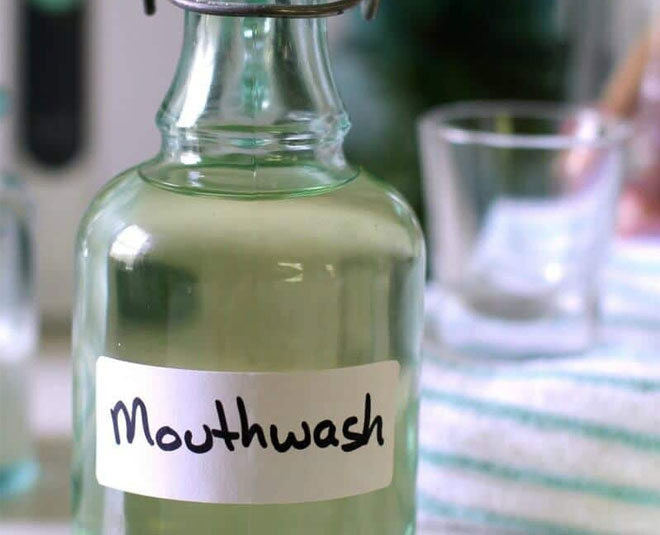
Combining All Ingredients in Mouthwash products
Step 5: Adding Alcohol or Ionized Water
At this step, either alcohol or ionized water is added to the mixture, based on the specific formula requirements. The choice between alcohol and ionized water significantly affects the final product, as it can influence the mouthwash’s antibacterial properties, taste, and suitability for different users.
Step 6: Batching Analytics
Once the batch is finished, it’s sent to the Quality Control (QC) lab for testing. Here, they check its appearance and taste to make sure it matches the formula’s standards. QC chemists also measure its pH and viscosity.
After the batch passes QC, it’s moved from the main tank to a holding tank. From there, it’s connected to the filling lines for packaging.
Step 7: Packaging the product

Packaging the mouthwash products
- At the start of the process, empty bottles are placed in a large bin. Here, they are arranged to stand upright on a conveyor belt. Next, they move to the filling carousel, which holds the bulk mouthwash.
- The carousel has piston-filling heads that dispense a precise amount of mouthwash into each bottle.
- Once filled, the bottles continue along the conveyor to a capping machine. Caps, stored in a separate bin, are correctly aligned and placed on the bottles, either by twisting or pushing.
- After capping, the bottles advance to a labeling machine. Labels from large spools are applied to each bottle, either with adhesive or heat pressing.
- The final step involves boxing the bottles, usually in groups of 12 or 24, and then placing them on pallets. Forklifts transport these pallets to trucks for distribution.
Each of these steps plays a vital role in ensuring that the mouthwash not only meets the desired quality standards but also provides the expected benefits to the users, such as fresh breath, dental hygiene, or specific oral health benefits.
How to Use the Mouthwash and Rinses
Dentists often recommend brushing twice daily with fluoride toothpaste for cavity protection. However, for those more susceptible to cavities, adding a fluoride mouth rinse to the routine of brushing and flossing can be beneficial.
Private-Label Mouthwash: A Key To Success For Wholesalers
In private-label mouthwash manufacturers in the UK, we provide a diverse selection of mouthwash products available in various sizes to suit your preferences and needs. Our range includes customizable options, allowing you to create a private-label mouthwash under your brand.
Our offerings include:
- Fluoride mouthwash
- Alcohol-free mouthwash
- Antibacterial mouthwash
- Antifungal mouthwash
- Herbal mouthwash
- Kids mouthwash
Why You Should Choose a UK Supplement Manufacturer?
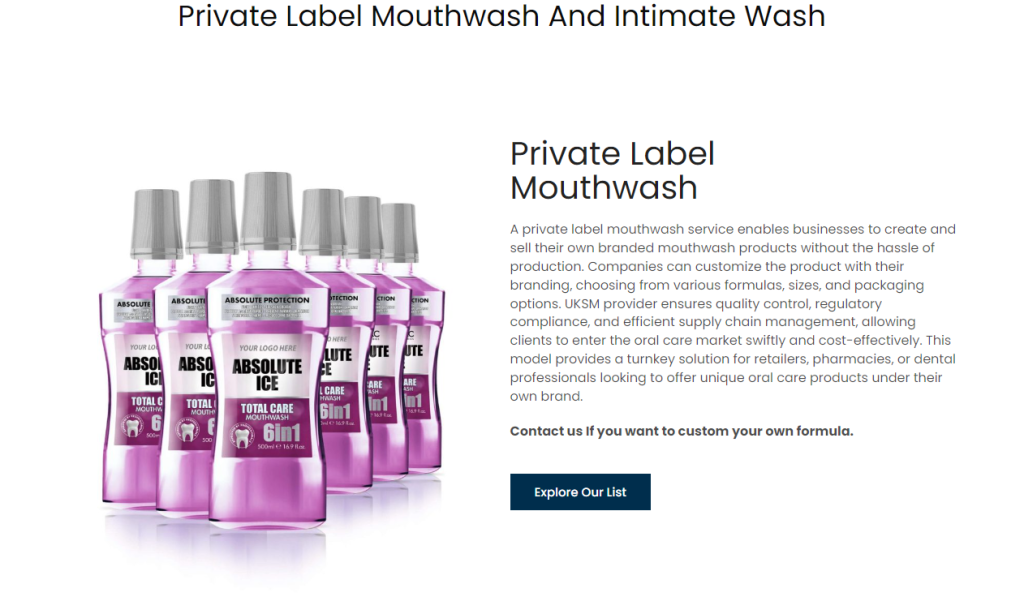
UKSupplementmanufacturer – The best choice for private-label mouthwash products50
- FDA-Registered Manufacturing: Our facilities are FDA-registered, allowing us to produce specialized, high-quality products. We provide detailed attention to each production stage.
- CE Certification: All products are manufactured in the UK and meet European health, safety, performance, and environmental standards, suitable for distribution within the EU and EEA.
- ISO 9001 Certified: Adherence to quality management systems enhances productivity and fosters a positive workplace culture.
- Customized Mouthwash Packaging: We offer unique packaging solutions for teeth-whitening mouthwash, including custom dropper bottles, various colors, private labeling, and branded boxes. For classic mouthwash, we provide a range of popular styles.
- Direct Manufacturer with In-House R&D: We conduct continuous research, development, and testing in our facilities, ensuring top-quality and innovative teeth-whitening products.
Wrapping Up
The mouthwash manufacturing process is a controlled and efficient operation, combining precise ingredient measurements with quality checks. Each of these steps plays a vital role in ensuring that the mouthwash meets the desired quality standards and also provides the expected benefits to the users, such as fresh breath, dental hygiene, or specific oral health benefits.
Mouthwash Manufacturing Process in the UK: FAQs
What is the method of preparation of mouthwash?
Mouthwash preparation typically involves adding flavor (e.g., eucalyptol or menthol), sodium benzoate as a preservative, water as a vehicle, sweeteners like sodium saccharin and sucralose, colorants, fluoride as an antiseptic agent, and a detergent.
How big is the mouthwash market in the UK?
The mouthwash market in the UK has been analyzed for trends and forecasts from 2015 to 2025. The market encompasses various segments and distribution channels, including medicinal and standard mouthwash.
The global mouthwash market, including the UK segment, was valued at USD 6.52 Billion in 2021, with an expected Compound Annual Growth Rate (CAGR) of 5.7% during the forecast period up to 2030. Factors driving this growth include the emergence of natural and organic mouthwash products and increasing consumer awareness about dental health.
How is mouthwash made?
Mouthwash manufacturing combines ingredients to treat various oral conditions. There is no standard formulation for mouthwash, and its use and recommendation involve patient safety concerns. Different manufacturers may include antibacterial and antiplaque agents to treat cavities, gingivitis, and bad breath.
Do UK dentists recommend mouthwash?
In the UK, mouthwash usage is a common practice among the population, with a notably higher usage reported among women. The British Association for the Study of Community Dentistry, together with other health authorities, offers comprehensive guidance on oral hygiene that incorporates the use of mouthwash as a recommended practice.

